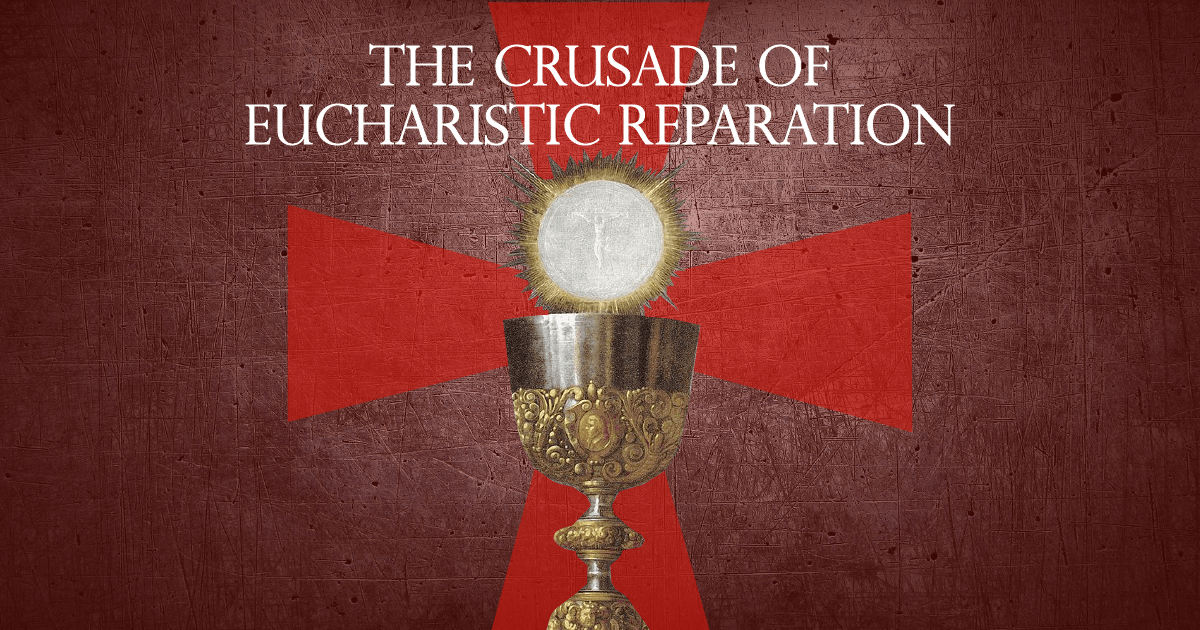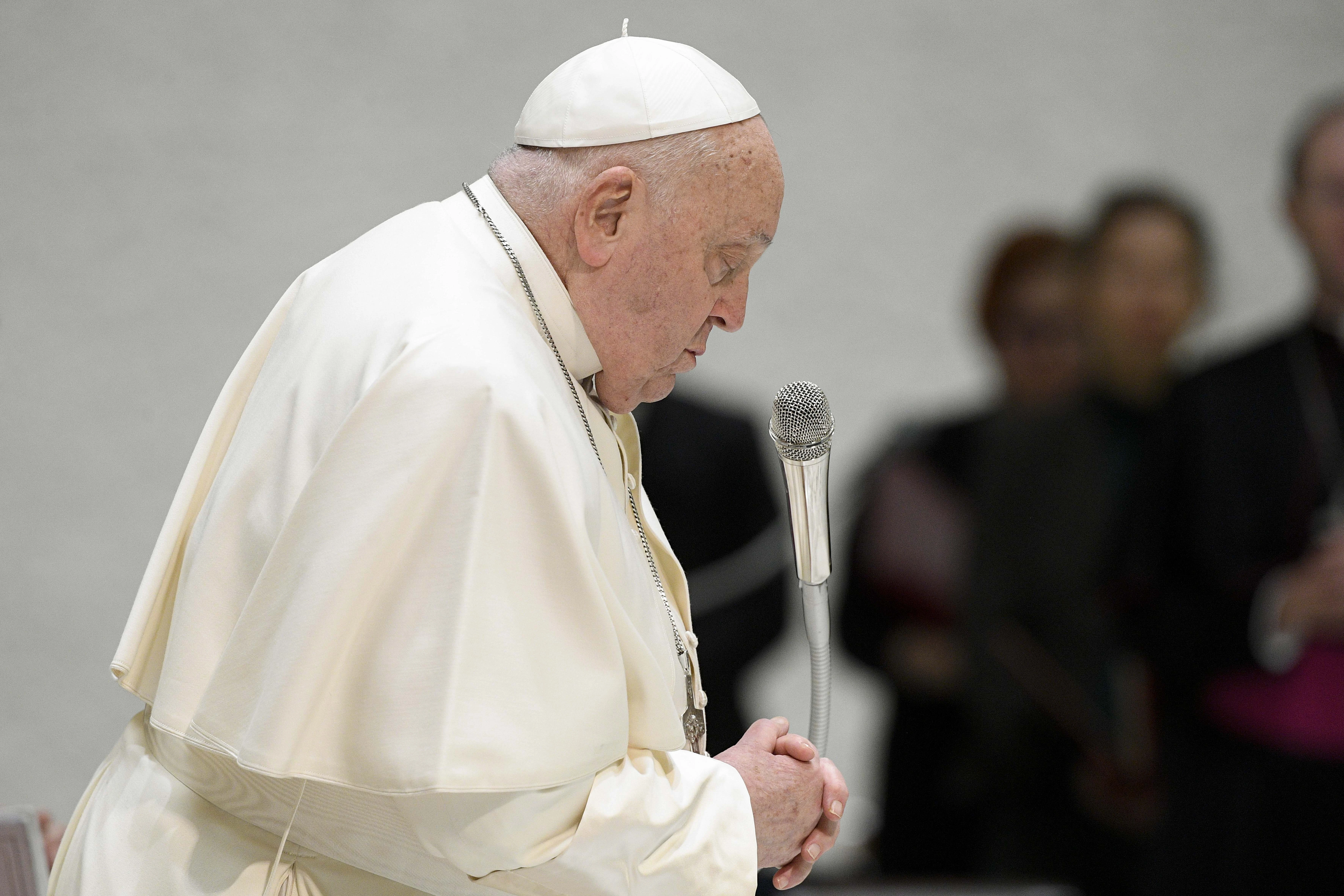Camino conflagration blamed on badly behaved pilgrims
A pilgrim walking the Camino de Santiago was arrested on 20 August on suspicion of starting one of this year’s largest wildfires in Spain. The 33-year-old suspect, whose name and nationality have not been released, was arrested 12 miles from the starting point of the blaze that swept through 800 hectares of forest and The post Camino conflagration blamed on badly behaved pilgrims appeared first on Catholic Herald.

A pilgrim walking the Camino de Santiago was arrested on 20 August on suspicion of starting one of this year’s largest wildfires in Spain.
The 33-year-old suspect, whose name and nationality have not been released, was arrested 12 miles from the starting point of the blaze that swept through 800 hectares of forest and grass land, and confined some local residents to their homes.
The conflagration in the province of Leon coincides with a reported uptick in bad and anti-social behaviour by pilgrims, as the Camino continues to gain in popularity and reputation, attracting ever more peregrinos, the Spanish name for pilgrims.
“Residents living along the path have bemoaned its descent into a playground for unholy tourists,” reports The Times, which quotes Spaniards living along the route describing pilgrims acting as if they are partying in Ibiza or Marbella.
One Spaniard described pilgrims that “consider themselves the masters of everything they see”, while the Civil Guard that arrested the 33-year-old pilgrim noted: “Once the fire started, he continued his walk.”
Another local living along the Camino said she had changed from “opening the door and leaving bottles of water for people to cool off as they pass by the house” to investing thousands of euros in fencing off her property.
Before the enforced Camino pilgrimage shutdown during the Covid pandemic – bar a few audacious peregrinos who continued the good fight – the network of pilgrimages, collectively known as the Camino de Santiago, that lead to the shrine of Saint James in the Cathedral of Santiago de Compostela in northwest Spain’s Galicia region, was attracting close to 300,000 pilgrims a year.
In 2023, the Camino attracted more than 440,000 people, the Times reports. As the Catholic Herald can attest to, having organised and run three Caminos for readers, there is much to attract people, both Christians and others.
“The Route of Santiago de Compostela played a crucial role in the two-way exchange of cultural advances between the Iberian Peninsula and the rest of Europe, especially during the Middle Ages, but also in subsequent centuries,” notes UNESCO, which counts the Camino as a World Heritage Site.
“The wealth of cultural heritage that has emerged in association with the Camino is vast, marking the birth of Romanesque art and featuring extraordinary examples of Gothic, Renaissance, and Baroque art.
“The Route of Santiago de Compostela bears outstanding witness to the power and influence of faith among people of all social classes and origins in medieval Europe and later.”

Part of the potential problem now, quite probably, is that the increase in the Camino’s popularity has coincided with increasing frustrations around Spain over the level and impact of tourism in general.
At the start of July, thousands of protestors marched through central Barcelona carrying placards – while squirting the occasional tourist with water pistols – under the slogan “Enough! Let’s put limits on tourism”.
In other holiday hotspots around Spain there have been similar public expressions of frustration and concern around mass tourism in Spain, as tensions mount about the influx driving rising living costs and about the likes of AirBnB rentals impacting the local housing market.
“Overtourism has led to a ‘change of meaning’ for the Camino that attracts new profiles of pilgrims,” José de la Riera, of the International Fraternity of the Camino de Santiago, tells the Times.
“What used to be an intimate thing has been transformed. Leisure culture has burst the Camino.”

Pope Benedict XVI spoke about the importance of the Camino in relation to Europe and its ideals, notes the Times.
He described the ancient pilgrimage route that the Camino follows as a spiritual embodiment of the old continent’s rich culture, art and hospitality.
Pope Benedict XVI visited the Cathedral of Santiago de Compostela during a two-day visit to Spain in 2010, which also included a visit to Barcelona.
As the UNESCO web page on the Camino de Santiago describes, the tomb believed to be that of the Apostle James the Greater was discovered in Galicia in the 9th century, a period when Spain was dominated by Muslims.
Its discovery was of immense importance for the Christian world. The tomb and the idea of Saint James being intertwined with the Iberian Peninsula played a role in the Christian reconquest – the Reconquista – of Spain.
At the same time, Compostela became a place of Christian pilgrimage comparable in importance to Jerusalem and Rome.
Photo: A pilgrim walks the Camino Way of Saint James, some 15 km from Santiago de Compostela in northwestern Galicia, Spain, 21 July 2010. (Photo credit should read MIGUEL RIOPA/AFP via Getty Images.)
![]()
The post Camino conflagration blamed on badly behaved pilgrims appeared first on Catholic Herald.














